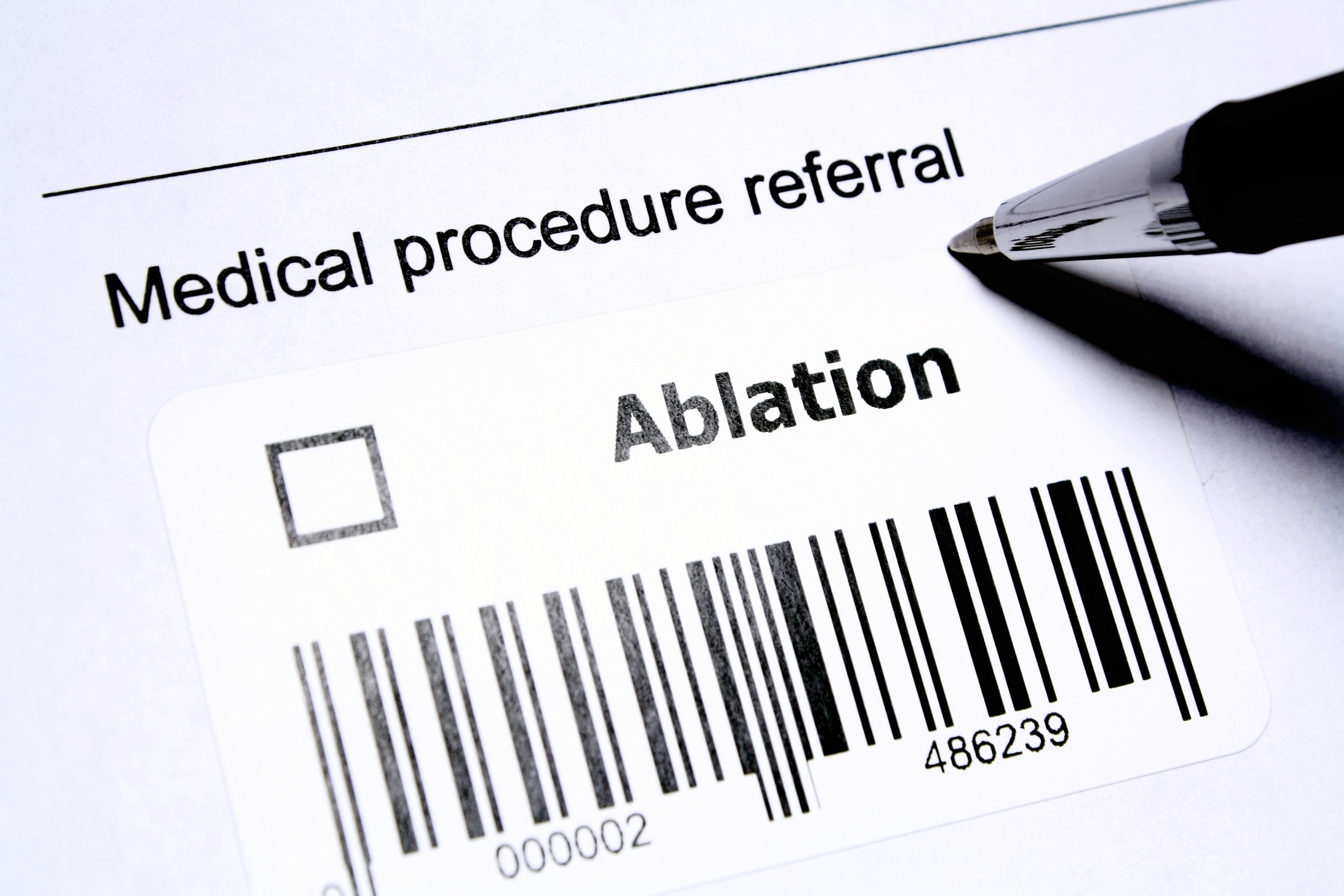
Physical activity following ablation for atrial fibrillation (AFib) was associated with a reduced risk for recurrent atrial tachycardia, new study results suggest.
A new paper published in Pacing and Clinical Electrophysiology included 496 patients who received ablation therapy for AFib in Beijing Anzhen Hospital. The final sample, excluding those with valvular heart disease, congenital heart disease, and other factors, consisted of 436 patients who had their physical activity levels assessed after the procedure using the International Physical Activity Questionnaire Short Form prior to the procedure and at follow-up. The authors tested the association between activity level measured at the time of tachyarrhythmia occurrence as well as activity during follow-up using multivariate logistic regression.
According to the study results, 134 (30.7%) of the patients experienced atrial tachyarrhythmia recurrence within the first year following ablation. When compared with patients with low levels of activity, those with moderate or high levels of activity were reported to have lower risk of recurrence of atrial tachyarrhythmia (OR=0.44; 95% CI, 0.25 to 0.80; P=0.01 for moderate activity, and OR=0.43; 95% CI, 0.21 to 0.85; P=0.02 for high physical activity). Patients with active activity had a lower risk for recurrent atrial tachyarrhythmia compared to those who did not have active activity (OR=0.44; 95% CI, 0.27 to 0.70; P<0.01).
“Moderate and high physical activity are associated with a lower risk of atrial tachyarrhythmia recurrence after AFib ablation,” the authors concluded. “Active physical activity during follow‐up is also associated with a significantly lower risk of atrial tachycardia recurrence in the post‐ablation AF population.”







 © 2025 Mashup Media, LLC, a Formedics Property. All Rights Reserved.
© 2025 Mashup Media, LLC, a Formedics Property. All Rights Reserved.